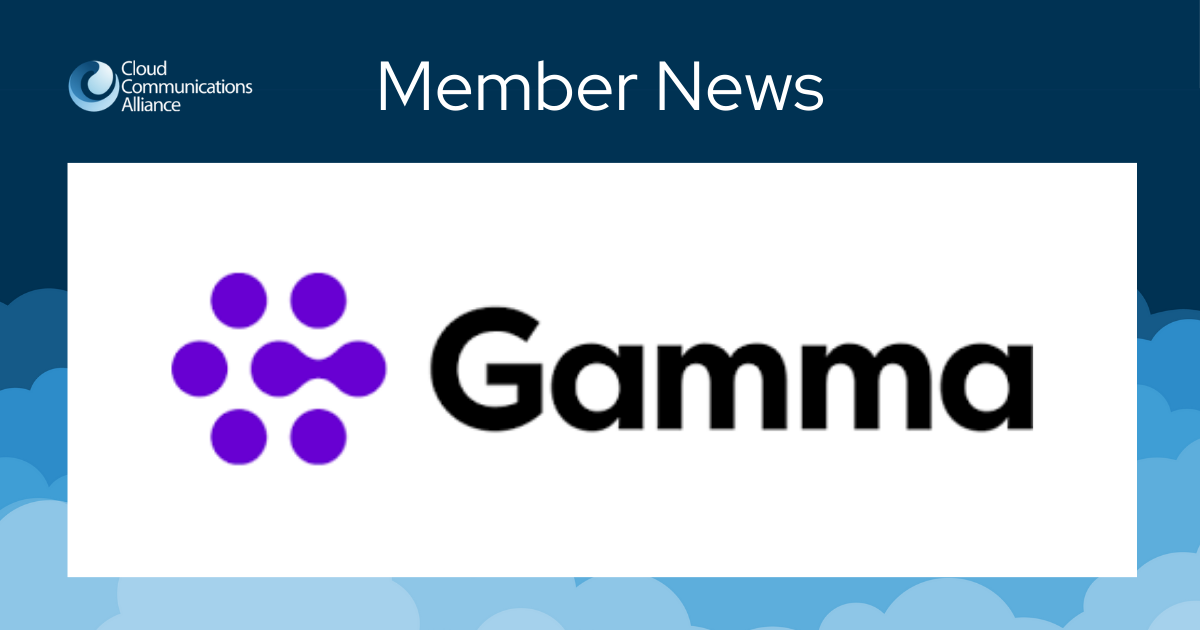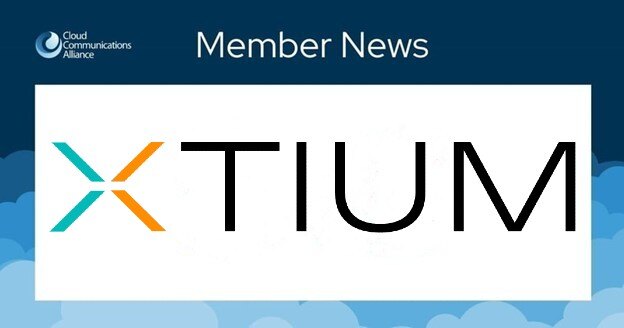Gartner Says Organizations Should Plan For the Infinite Data Center

The increasing business demands on IT mean that data center managers must plan to increase their organization’s computing and storage capacity at a considerable rate in the coming years, according to Gartner, Inc. Organizations that plan well can adjust to rapid growth in computing capacity without requiring more data center floor space, cooling or power and realize a substantial competitive advantage over their rivals.
“The first mistake many data center managers make is to base their estimates on what they already have, extrapolating out future space needs according to historical growth patterns,” said David Cappuccio, research vice president at Gartner. “This seemingly logical approach is based on two flawed assumptions: that the existing floor space is already being used properly and usable space is purely horizontal.”
To ensure maximum efficiency, data center growth and capacity should be viewed in terms of computing capacity per square foot, or per kilowatt, rather than a simple measure of floor space. A fairly typical small data center of 40 server racks at 60 percent capacity, housing 520 physical servers and growing in computing capacity at 15 percent each year, would require four times as much floor space in 10 years.
“With conventional thinking and the fear of hot spots at the fore, these 40 racks, or 1,200 square feet of floor space, become nearly 5,000 square feet in just 10 years, with associated costs,” said Mr. Cappuccio. “A data center manager who rethinks his organization’s floor plans, cooling and server refreshes can house the increased computing capacity in the original floor space, and help meet growing business needs indefinitely. We will witness small data center environments with significant computing growth rates maintaining exactly the same footprint for the next 15 to 20 years.”
In this scenario, Gartner recommends upgrading the existing server base to thinner 1U (one unit) height servers or even sleeveless servers, while increasing rack capacity to 90 percent on average by using innovative floor-size designs and modern cooling methods, such as rear door heat exchanger cooling (RDHx), to mitigate concerns over hot spots. Implementing an RHDx system can also reduce the overall power consumption of a data center by more than 40 percent, since high volumes of forced air are no longer required to cool the equipment.
“An initial investment in planning time and technology refresh can pay huge dividends in the mid-to-long term for businesses anticipating a continuous growth in computing capacity needs,” said Mr. Cappuccio.
The evolution of cloud computing adoption will also provide relief for growing data center requirements and as the technology becomes more established, an increasing proportion of data center functions will migrate to specialist or hybrid cloud providers. This further increases the likelihood of an organization making use of the same data center space in the future, generating significant cost savings and competitive business advantages.
The topic of the infinite data center will be discussed in more detail at the Gartner Data Center Summit 2013, held on November 25-26 in London, U.K. and December 9-12 in Las Vegas, Nevada. For more information or to register to attend the Summit please contact rob.vandermeulen@gartner.com for the U.K. Summit or janessa.rivera@gartner.com for the U.S. Summit. You can follow updates from the event on Twitter by using the hashtag #GartnerDC.
About Gartner Data Center Summit 2013
At the Gartner Data Center Summit 2013 Gartner analysts will offer a balanced and strategic perspective around the full spectrum of issues that impact the data center including servers, operating systems, storage, mobility, business continuity and disaster recovery. The aim of the Summit is to help data center professionals deliver cost-effective services that generate clear business benefits, by capitalizing on disruptive trends such as virtualization and cloud computing.
More at www.gartner.com

